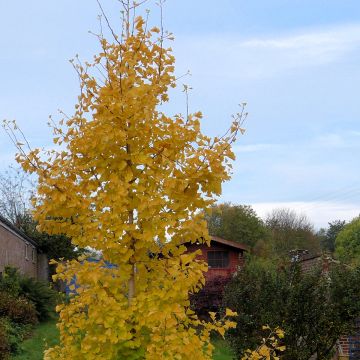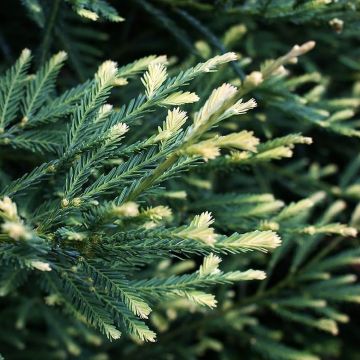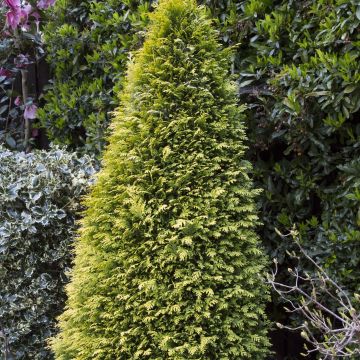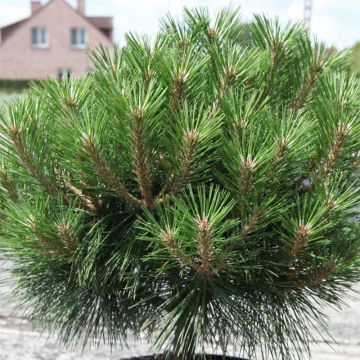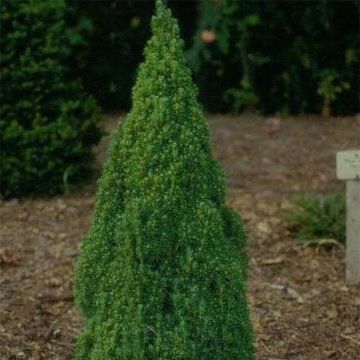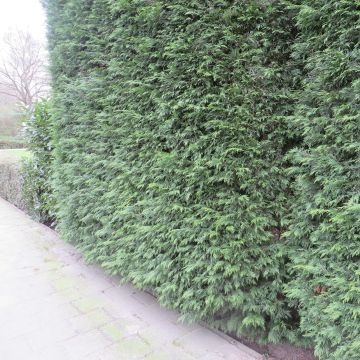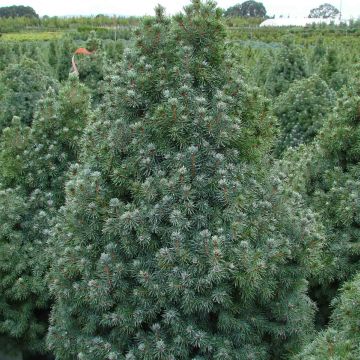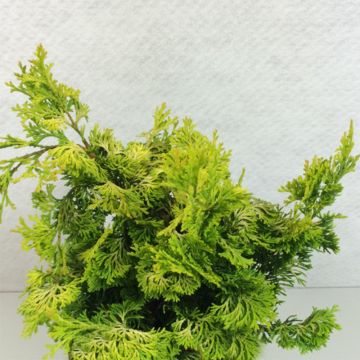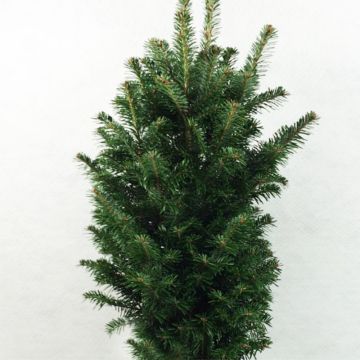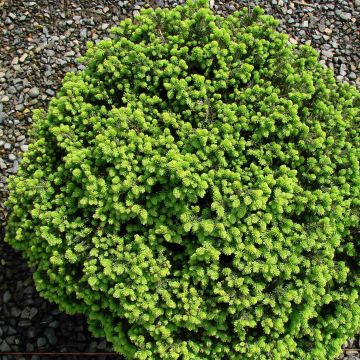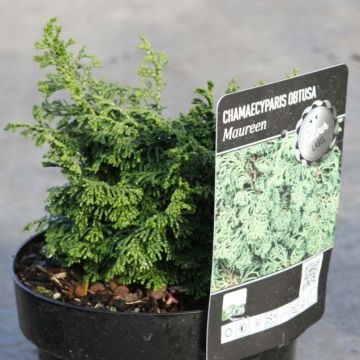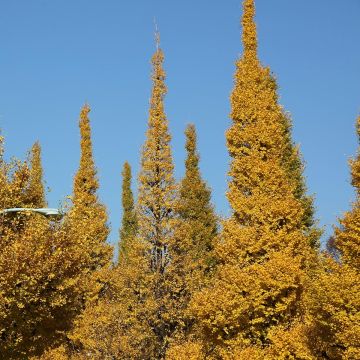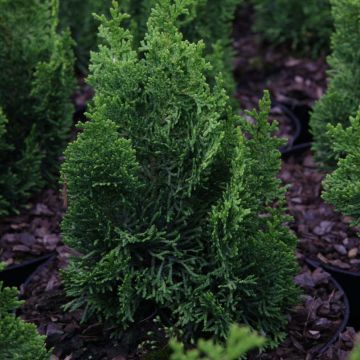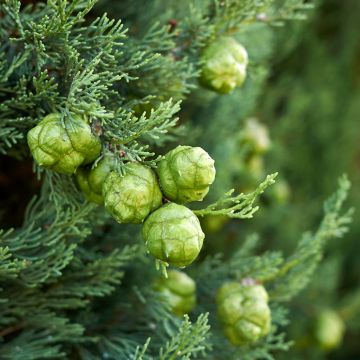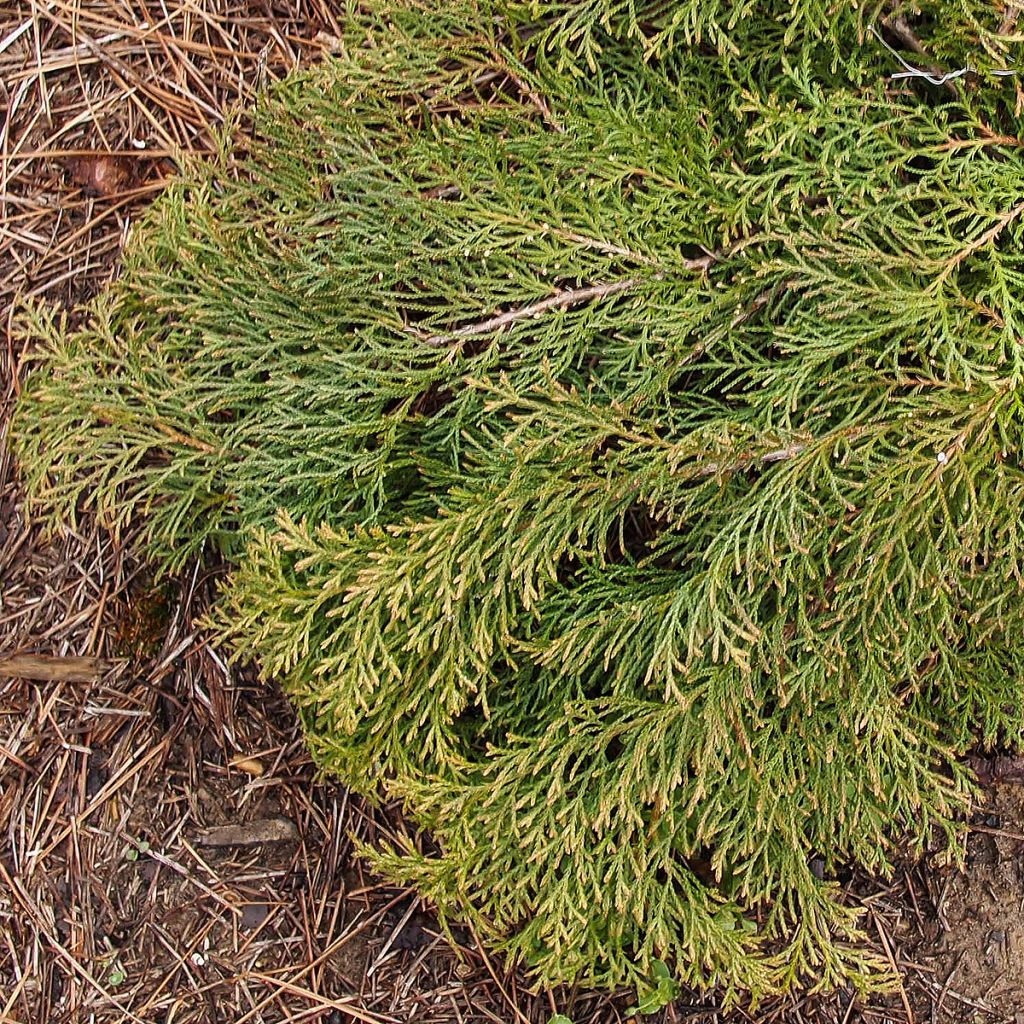

Microbiota decussata Fuzzball®
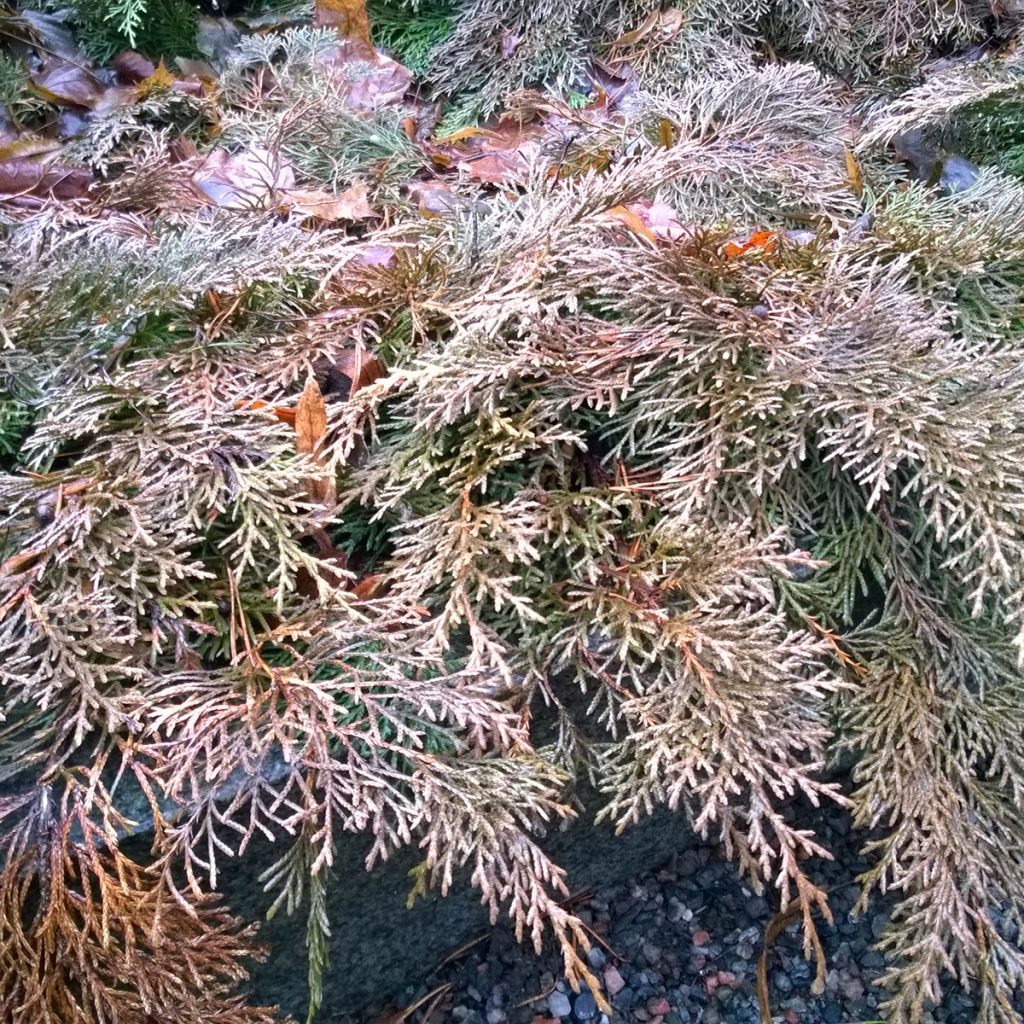

Microbiota decussata Fuzzball®
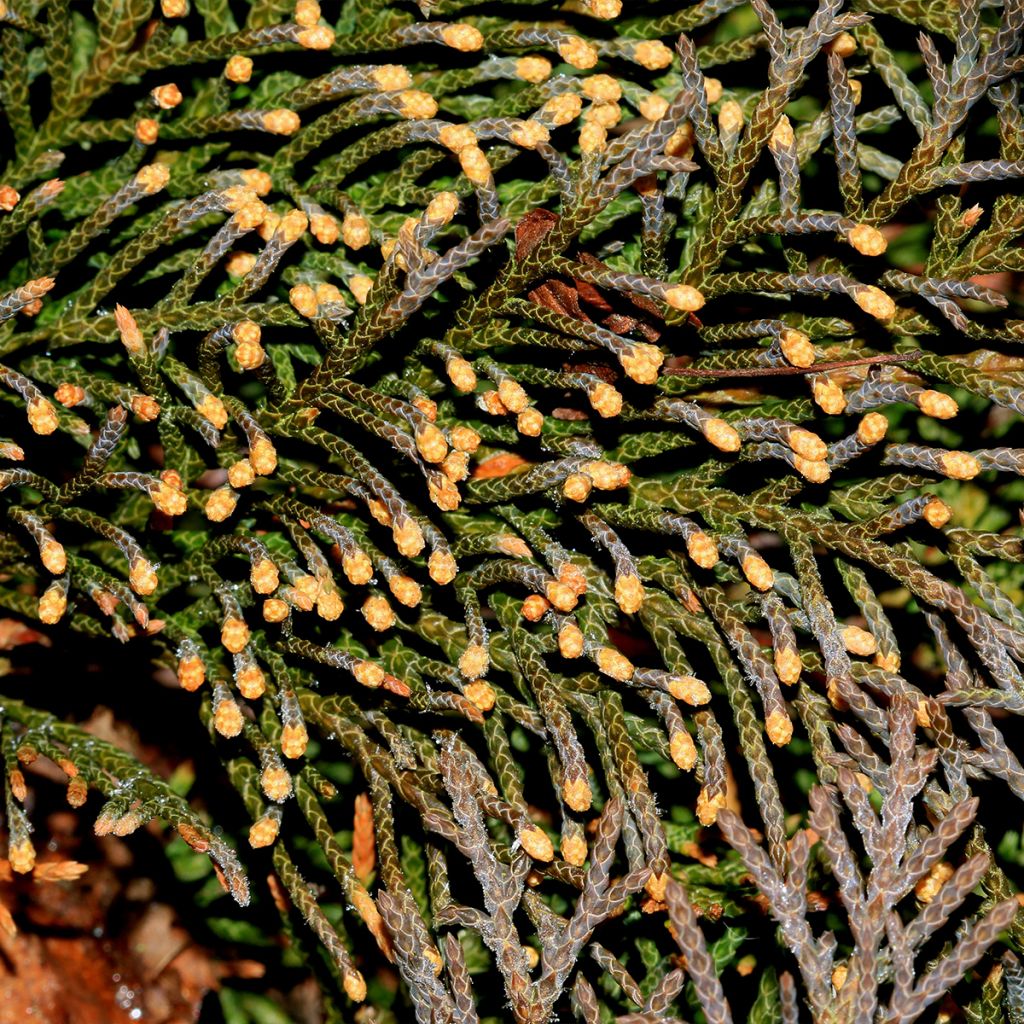

Microbiota decussata Fuzzball®
Microbiota decussata Fuzzball®
Microbiota decussata Fuzzball®
Cyprès rampant de Sibérie, Cyprès de Russie
Special offer!
Receive a €20 voucher for any order over €90 (excluding delivery costs, credit notes, and plastic-free options)!
1- Add your favorite plants to your cart.
2- Once you have reached €90, confirm your order (you can even choose the delivery date!).
3- As soon as your order is shipped, you will receive an email containing your voucher code, valid for 3 months (90 days).
Your voucher is unique and can only be used once, for any order with a minimum value of €20, excluding delivery costs.
Can be combined with other current offers, non-divisible and non-refundable.
Home or relay delivery (depending on size and destination)
Schedule delivery date,
and select date in basket
This plant carries a 24 months recovery warranty
More information
We guarantee the quality of our plants for a full growing cycle, and will replace at our expense any plant that fails to recover under normal climatic and planting conditions.
Would this plant suit my garden?
Set up your Plantfit profile →
Description
The Microbiota decussata 'Fuzzball' is a variety of Siberian creeping cypress selected for its more bushy spreading habit, in the shape of a fountain, and its feathery foliage that takes on beautiful bronze to violet tones in winter. Its growth is slow but regular, and it eventually forms a nice rockery subject and a good ground cover, useful for dressing a large slope or a bed. Extremely hardy and drought-resistant, this conifer thrives in the sun or even in shade, in any well-drained soil, including poor and chalky soils.
The Microbiota decussata Fuzzball descends from a conifer endemic to a very restricted area limited to the Sikhote-Alin Mountains, located in the Russian Far East. It belongs to the cypress family, which includes related species such as cypresses and chamaecyparis. This Fuzzball variety, introduced in 2008, retains its juvenile foliage, which is softer and finer, throughout its life. It has a compact and spreading habit, eventually reaching 80 cm (31.5 in) in height and 1.50 m (4 ft 11 in) to 2 m (6 ft 7 in) in spread after many years. Like the wild species, it is adapted to the harshest temperatures and climates, as well as arid areas. The gracefully spreading and gracefully arched branches, beautifully tiered, somewhat resemble fern fronds. The evergreen foliage in winter consists of tiny imbricate scale-like leaves arranged flat on the branches. From spring to autumn, the foliage has a light green colour, gradually turning bronze, sometimes tinged with purple in cold climates, in winter.
The Microbiota decussata Fuzzball is an extraordinary rockery conifer, very frugal, which allows to beautify the most difficult areas of the garden, in plain or in mountain. It is without reservation in a dry garden, on a large slope, among rocks, above a wall or a low wall, or against the house to hide the foundations. It goes well with geometric lines and masonry works. It also adapts very well to container cultivation. The real graphic qualities of conifers naturally impose themselves in the design of a contemporary garden. These plants with reassuring permanence structurally mark a bed, mark the paths, border the terrace, easily replacing the strong presence of trimmed boxwood. They go well with tousled grasses like stipa, or heathers (Erica x darleyensis, Erica multiflora) with very complementary temperament. The key is to play with volumes and colours.
Report an error about the product description
Microbiota decussata Fuzzball® in pictures
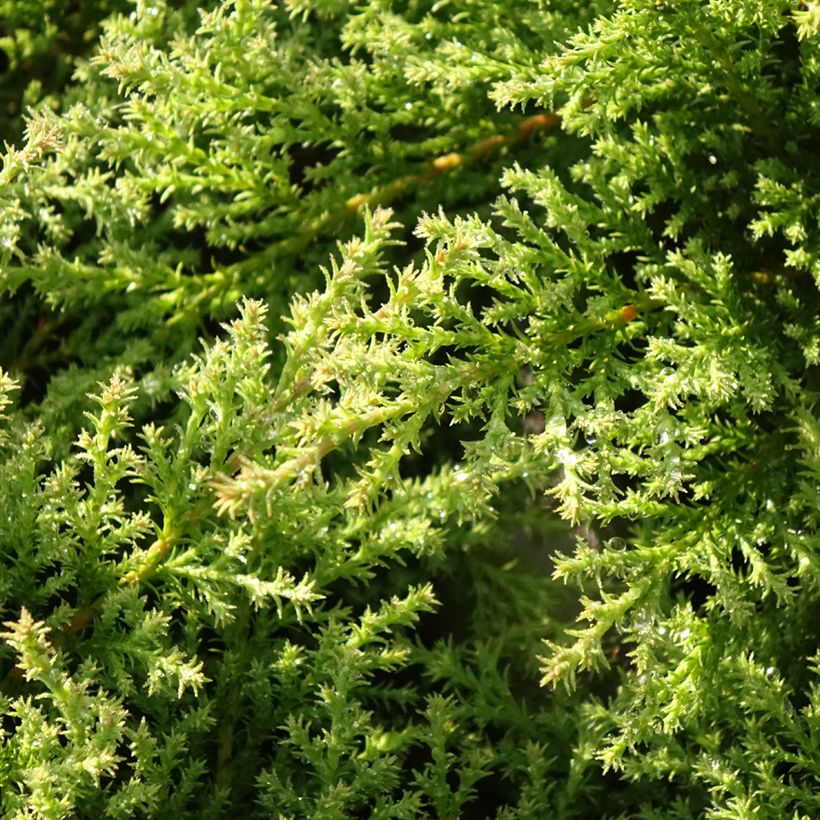

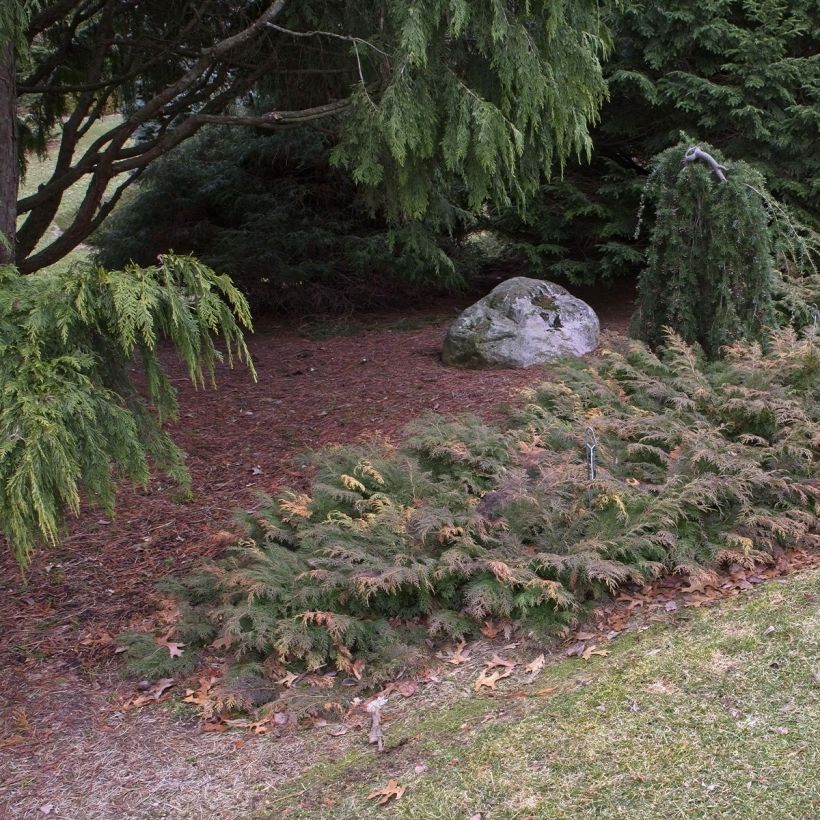

Plant habit
Foliage
Botanical data
Microbiota
decussata
Fuzzball®
Cupressaceae
Cyprès rampant de Sibérie, Cyprès de Russie
Russia
Other Conifers A to Z
View all →Planting and care
The Microbiota decussata Fuzzball is planted from September to November and from February to June in well-drained, fairly light soil, even limestone and poor soil. A rocky or sandy soil that is occasionally dry does not bother it. Choose a sunny or semi-shaded spot. Soak the roots well before planting. Add organic amendment at planting and water generously in the first few years, in case of prolonged drought. Apply a special conifer fertilizer every year in April and cultivate the soil in summer. This very hardy conifer fears heavy, waterlogged soils in winter. Pruning is not recommended, on the contrary, as this plant expresses its full potential when allowed to grow freely. If necessary, pruning should be done in July. In this case, take care to only prune the young shoots, as the old branches, devoid of needles, do not regenerate.
Planting period
Intended location
Care
This item has not been reviewed yet - be the first to leave a review about it.
Similar products
Haven't found what you were looking for?
Hardiness is the lowest winter temperature a plant can endure without suffering serious damage or even dying. However, hardiness is affected by location (a sheltered area, such as a patio), protection (winter cover) and soil type (hardiness is improved by well-drained soil).

Photo Sharing Terms & Conditions
In order to encourage gardeners to interact and share their experiences, Promesse de fleurs offers various media enabling content to be uploaded onto its Site - in particular via the ‘Photo sharing’ module.
The User agrees to refrain from:
- Posting any content that is illegal, prejudicial, insulting, racist, inciteful to hatred, revisionist, contrary to public decency, that infringes on privacy or on the privacy rights of third parties, in particular the publicity rights of persons and goods, intellectual property rights, or the right to privacy.
- Submitting content on behalf of a third party;
- Impersonate the identity of a third party and/or publish any personal information about a third party;
In general, the User undertakes to refrain from any unethical behaviour.
All Content (in particular text, comments, files, images, photos, videos, creative works, etc.), which may be subject to property or intellectual property rights, image or other private rights, shall remain the property of the User, subject to the limited rights granted by the terms of the licence granted by Promesse de fleurs as stated below. Users are at liberty to publish or not to publish such Content on the Site, notably via the ‘Photo Sharing’ facility, and accept that this Content shall be made public and freely accessible, notably on the Internet.
Users further acknowledge, undertake to have ,and guarantee that they hold all necessary rights and permissions to publish such material on the Site, in particular with regard to the legislation in force pertaining to any privacy, property, intellectual property, image, or contractual rights, or rights of any other nature. By publishing such Content on the Site, Users acknowledge accepting full liability as publishers of the Content within the meaning of the law, and grant Promesse de fleurs, free of charge, an inclusive, worldwide licence for the said Content for the entire duration of its publication, including all reproduction, representation, up/downloading, displaying, performing, transmission, and storage rights.
Users also grant permission for their name to be linked to the Content and accept that this link may not always be made available.
By engaging in posting material, Users consent to their Content becoming automatically accessible on the Internet, in particular on other sites and/or blogs and/or web pages of the Promesse de fleurs site, including in particular social pages and the Promesse de fleurs catalogue.
Users may secure the removal of entrusted content free of charge by issuing a simple request via our contact form.
The flowering period indicated on our website applies to countries and regions located in USDA zone 8 (France, the United Kingdom, Ireland, the Netherlands, etc.)
It will vary according to where you live:
- In zones 9 to 10 (Italy, Spain, Greece, etc.), flowering will occur about 2 to 4 weeks earlier.
- In zones 6 to 7 (Germany, Poland, Slovenia, and lower mountainous regions), flowering will be delayed by 2 to 3 weeks.
- In zone 5 (Central Europe, Scandinavia), blooming will be delayed by 3 to 5 weeks.
In temperate climates, pruning of spring-flowering shrubs (forsythia, spireas, etc.) should be done just after flowering.
Pruning of summer-flowering shrubs (Indian Lilac, Perovskia, etc.) can be done in winter or spring.
In cold regions as well as with frost-sensitive plants, avoid pruning too early when severe frosts may still occur.
The planting period indicated on our website applies to countries and regions located in USDA zone 8 (France, United Kingdom, Ireland, Netherlands).
It will vary according to where you live:
- In Mediterranean zones (Marseille, Madrid, Milan, etc.), autumn and winter are the best planting periods.
- In continental zones (Strasbourg, Munich, Vienna, etc.), delay planting by 2 to 3 weeks in spring and bring it forward by 2 to 4 weeks in autumn.
- In mountainous regions (the Alps, Pyrenees, Carpathians, etc.), it is best to plant in late spring (May-June) or late summer (August-September).
The harvesting period indicated on our website applies to countries and regions in USDA zone 8 (France, England, Ireland, the Netherlands).
In colder areas (Scandinavia, Poland, Austria...) fruit and vegetable harvests are likely to be delayed by 3-4 weeks.
In warmer areas (Italy, Spain, Greece, etc.), harvesting will probably take place earlier, depending on weather conditions.
The sowing periods indicated on our website apply to countries and regions within USDA Zone 8 (France, UK, Ireland, Netherlands).
In colder areas (Scandinavia, Poland, Austria...), delay any outdoor sowing by 3-4 weeks, or sow under glass.
In warmer climes (Italy, Spain, Greece, etc.), bring outdoor sowing forward by a few weeks.






























